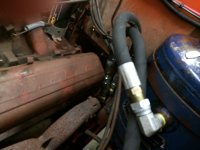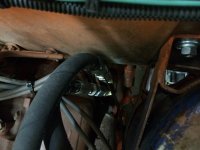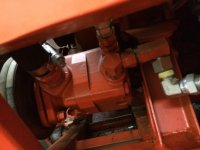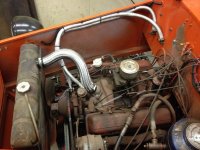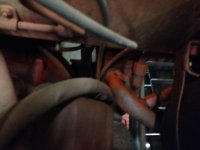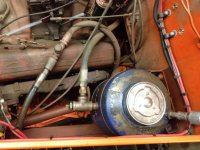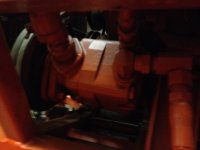Need to change all the hydraulic hoses on the pumps, steering, tiller etc. They are getting ready to blow.
Below is a diagram of how my system is setup. I believe it is a vickers pump, ? steering mechanism and a garret tank with filter.
Need some help understanding which way this system flows and understanding why there is a suction line from the tank to the steering?
The rear hydraulics will be getting bypassed.
Below is a diagram of how my system is setup. I believe it is a vickers pump, ? steering mechanism and a garret tank with filter.
Need some help understanding which way this system flows and understanding why there is a suction line from the tank to the steering?
The rear hydraulics will be getting bypassed.

![IMG_0687[1].jpg](/data/attachments/50/50363-f7eb76ccc05bd8bab10771f6b3d1bc40.jpg?hash=9-t2zMBb2L)

